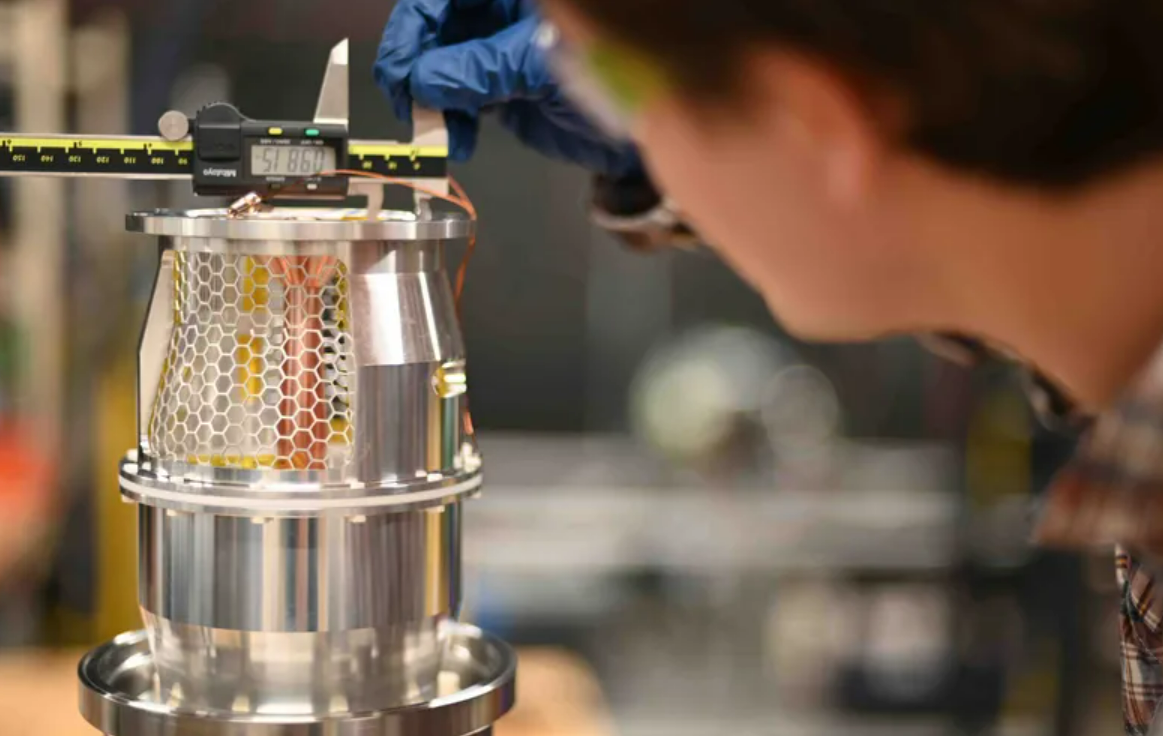Avalanche Energy has come close to implementing smaller room-sized fusion reactors in two ways – will this be a cost-effective, nearly unlimited power source in the future?
What’s better than smaller modular nuclear reactors? smaller fusion reactor. However, since there have been quite a few breakthroughs in this field in the recent past (as we wrote about in our article below), a commercially viable fusion reactor has been lost in the mists of a distant future, so its smaller, more compact version is more of the science fiction category. Or maybe not?
An astounding record: the Chinese artificial sun worked for nearly seven minutes
Not only is the breakthrough significant in itself, but it is also a huge step on the path to building an efficient fusion reactor. Such reactors could also solve human energy problems.
Avalanche Energy is very serious about achieving a room-sized fusion reactor, and not only with self-confidence, but also with financial confidence, since As said by representatives of the companyIn the current period of financial instability, they were able to attract an additional $40 million in investment capital, which will allow the company to operate until 2025, while the number of employees can be increased from 25 to the current 45 people.
Of course, Avalanche is arguably in the right place at the right time, because despite “uncertain times,” fusion energy is very popular with investors: Sam Altman, Jeff Bezos, Bill Gates or Giorgi Soros are just a few well-known names. between them. , who have invested in many startups that are all promising this technology to the world in some form.
However, the great advantage of the Avalanche development in Seattle, from a technological point of view, is its small size, thanks to which development costs can be kept relatively under control compared to competing giant reactors. Added to that are what Avalanche co-founders CEO Robin Langtry and COO Brian Riordan (both formerly of Jeff Bezos’ space exploration company Blue Origin for years) said. Accordingly, given the modular nature of the current prototype, a parallel “rapid test” approach and a parallel “error correction test” approach, also represented by SpaceX, could be introduced into reactor development. In other words, it’s more important to quickly test, debug, debug, and test again than to hunch over the design schedule and wait for the perfect result. In light of this, for example, it is perhaps understandable why the spacecraft detonation was not a failure.
However, let’s go back from spaceships to fusion reactors! Most similar reactors maintain the plasma state with the help of magnets – like the Chinese tokamak mentioned in our article above. However, instead of an avalanche magnet, it uses an electrostatic approach, meaning very high voltages, to stabilize it. The startup’s prototype uses electrostatic fields to capture ions, while also using magnetron electron trapping technology to achieve higher ion densities and increase the incidence of fusion reactions. If an avalanche can improve the voltages and densities of ions, the resulting fusion reaction produces neutrons that can be converted into heat. However, the ‘if’ in the above sentence is what makes or breaks the entire development success.
However, the company recently announced that in addition to securing funds, it has made significant progress in this area as well. As Robin Langtry said:
“For us, the measurement is voltage, and we need to get to 300 kilovolts to achieve optimal fusion power in our devices. We got it to 200 kilovolts in our lab, which is a big deal. The next major milestone, which we hope to announce in a year or two, is to make This plasma not only has the right energy, but has an interesting density to generate power.”
The company also maintains that the components for its reactor are commercially available: its magnetron is a variation of a microwave oven component, and its core electrostatic technology is a derivative of another existing product. This can also greatly reduce the development cost and speed up the process itself.
(Image: Avalanche Energy)











































